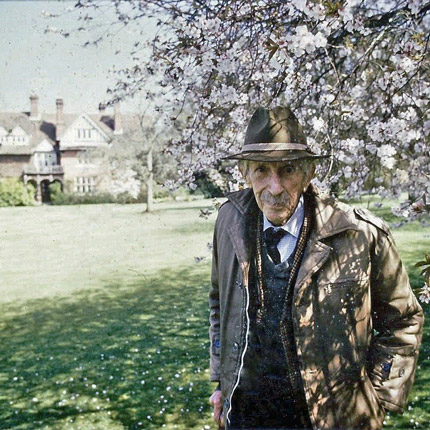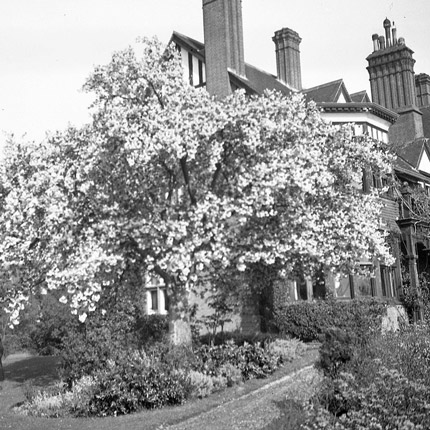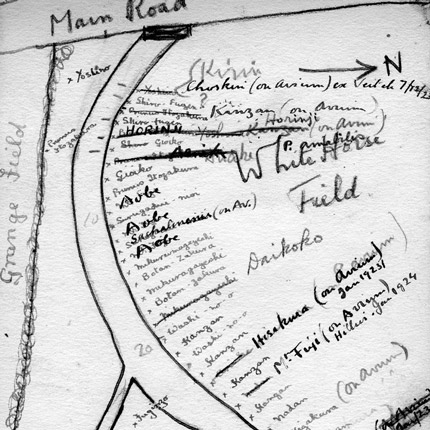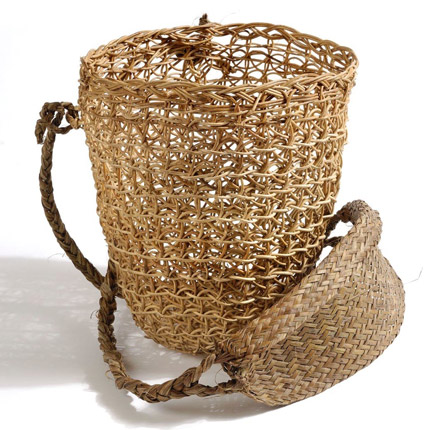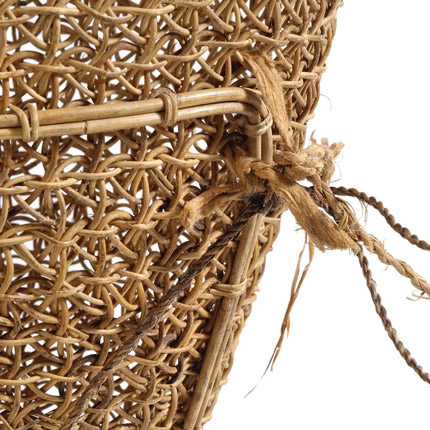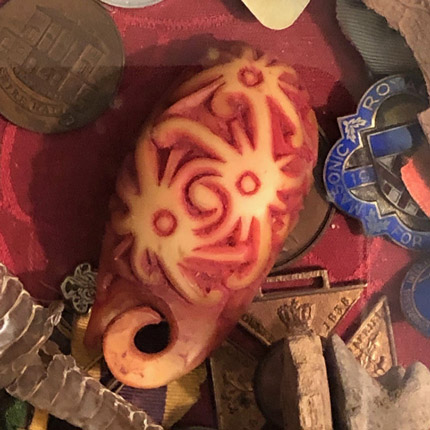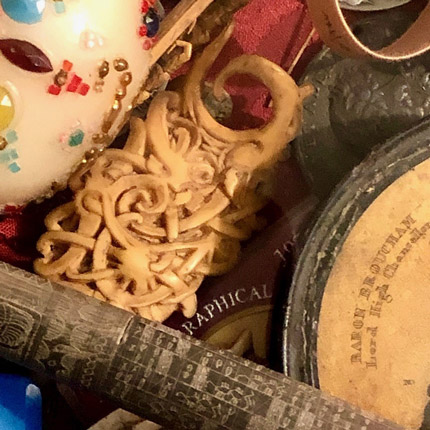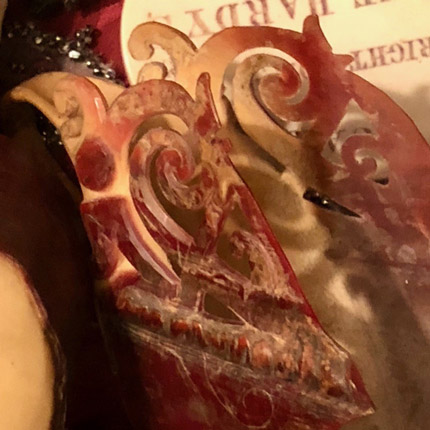Special Events
The 2020 Festival Talks
A Celebration of Birds, Flight & Migration
Upcoming Event Dates
A programme of Festival Talks and Walks.
We had a series of Festival Talks and a Borneo Weekend planned for the Spring Festival programme, alongside the Writing at Great Glemham poetry residencies (see Farm Suppers).
Saturday 9th May : 2.30 – 4.00pm. ‘Cherry’ Ingram – The Englishman who Saved Japan’s Blossom. Talk, Q&A and book signing with guest author Naoko Abe.
Sunday 17th May : Borneo Weekend Talks. 11.30-1.00pm : The Edible Nest Swiftlets of Borneo. Talk + Q&A with Gathorne Cranbrook.
Sunday 17th May : 2.00-3.30pm. Bornean Loop Baskets : Mathematics, Design and Uses with Stephanie Bunn and other guests.
Sat 16th / Sun 17th May : Borneo Weekend + Foraging Walks. In tribute to our sister festival Pesta Nukenen in Central Borneo [the Kelabit Highlands of Sarawak, East Malaysia]. An irau / community feast and Big Picnic on Sat 16th May from 12 noon – 5pm.
Sunday 17th May : 10am – 12.30pm. Foraging Walk with Sam Starke. A guided walk around the fields, woods and hedgerows at the farm following animal tracks and gathering wild foods to eat and cook.
Whilst all of these events are now cancelled in their physical form, we very much wanted to celebrate the work that had gone into them in terms of planning meetings, research and discussions with the different guest speakers. In the spirit of adapting to the current circumstances, we are now able to share online some of the content that was planned for the Festival Events. Please see below – and follow the links for additional audio and video content.
With thanks to all our guest speakers and other researchers for releasing this material for online use – and also to Infotex who have helped so much in moving the Festival programme online in a time of transition.
Naoko Abe
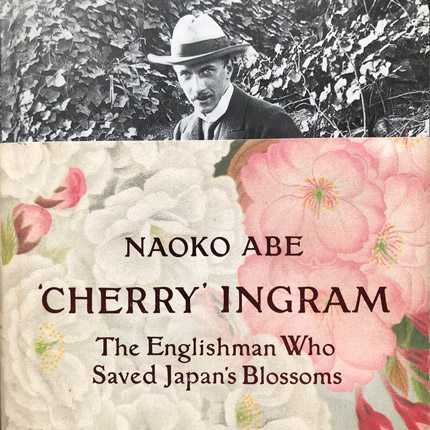
‘Cherry’ Ingram – The Englishman who Saved Japan’s Blossom
It was a great honour in early March 2020 to be able to welcome the writer and journalist Naoko Abe to the farm with her husband Paul Addison and descendants of the renowned ornithologist and cherry expert Collingwood ‘Cherry’ Ingram. A tree planting ceremony was held on the afternoon of Friday 6th March at the east end of the farm’s 209m long oak dining table – in a field called the Straits. Naoko is the author of a beautifully written book that tells the extraordinary life story of Collingwood ‘Cherry’ Ingram – who was indeed The Englishman who Saved Japan’s Blossom.
In the autumn of 1919 Collingwood Ingram, an ardent ornithologist, bought a house called the Grange in Benenden, Kent. The following spring the blossom on two cherry trees in the garden of his new home caught his interest. They were most likely a variety imported from Japan – but he and Japanese cherry experts were unable to identify them. So Ingram gave the trees a new varietal name Hokusai, after the renowned Japanese ukiyo-e painter and printmaker.
The two Hokusai trees are thought to have inspired Collingwood ‘Cherry’ Ingram’s life-long passion for identifying and breeding Japanese flowering cherries. He was responsible for the re-discovery in England of the Great White cherry Taihaku, which he returned to Japan in 1932 after placing the cuttings in English potatoes and sending them on the trans-Siberian railway.
The Grange was built by Gathorne Hardy – the first Earl of Cranbrook. For a short time it was the home of Gathorne and Dorothy Cranbrook, (my great grandparents), before they moved to Great Glemham in Suffolk. It is conceivable – but not certain – that Gathorne Hardy or a descendant of his, was responsible for planting the two Hokusai trees that inspired Collingwood Ingram’s lifelong interest in flowering cherries.
On 6th March 2000, a selection of cherry trees gifted to Windsor Great Park from Japan were planted at the Grange to mark the millennium. It was also the 80th anniversary of Collingwood Ingram’s first seeing the Hokusai trees in blossom at the Grange. Twenty years later, on the 6th March 2020, we planted a Hokusai, a Taihaku and a Kursar tree supplied by Jon Rose’s and Botanica Plant Nursery to mark the centenary of this important event in the history of Japanese cherry blossom – and the move of the Gathorne-Hardy family to Suffolk.
Our Guests of Honour were Naoko Abe and Paul Addison; Peter Ingram, a grandson of Collingwood Ingram, with his wife Christina; and Heather Bowyer, a granddaughter of Collingwood Ingram, and her husband Michael. They were joined by Gathorne, the Fifth Earl of Cranbrook and the painter Emma Green – who was Artist in Residence for a Hedge Hut / Blossom Residency in 2019 and is the recipient of the Cherry Ingram Blossom Residency for Spring 2020.
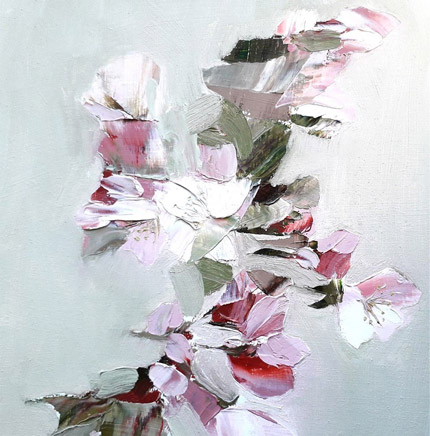
A new collection of blossom paintings by Emma will form a major part of the 2020 Alde Valley Spring Festival Exhibition – with a sound composition by Dide Siemmond and Charlotte Jolly incorporating birdsong recorded at the farm in February and March 2020.
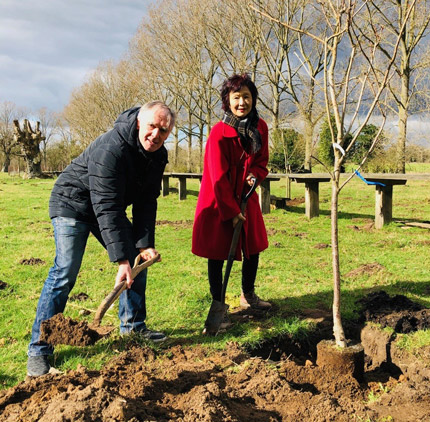
Interview with Naoko Abe
Naoko’s book ‘Cherry’ Ingram – The Englishman who Saved Japan’s Blossom has received much critical acclaim and was serialised for Radio 4’s Book of the Week in 2019. She has very kindly provided a link to an interview for Tea and Tattle podcast.
To order copies of Naoko’s book to be delivered or posted to your home, we suggest using excellent local bookstores including Browsers in Woodbridge and The Aldeburgh Bookshop to name just two among many in Suffolk and nationally. Alternatively, you can try Penguin Books.
NOTE : we would like to thank Ernie Pollard and the Collingwood Ingram family archive for permission to use images from the archive. We would also like to recommend the beautiful book Wings over the Western Front about Collingwood Ingram’s WWI diaries by Ernie Pollard and Hazel Strouts; ISBN: 9780953221394) 2014.
The Earl of Cranbrook
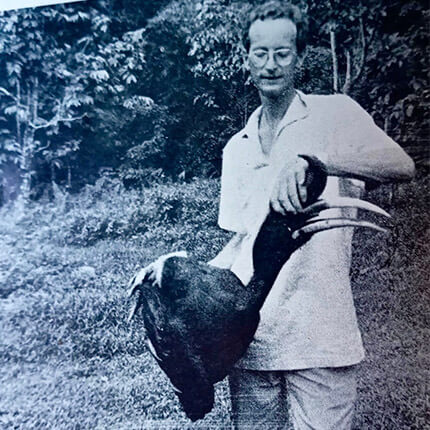
The Edible Nest Swiftlets of Borneo
Sarawak, one of the two Borneo States of Malaysia, is a picturesque land of hills and twisting river valleys. Historically, most of the lowlands were vegetated by evergreen tropical rainforest.. Longhouses were scattered along the banks of rivers as far as they were navigable by boat, and, in places, beyond. Rising occasionally out of this rich network of waterways and tropical rainforest are blocks of karst limestone, some isolated and others gathered into small mountain ranges.
All these limestone outcrops were formed as reefs under geologically ancient seas. From this origin, many are penetrated by hidden subterranean channels and caverns. Some of these cave systems are huge, extending for kilometres, encompassing thousands of cubic metres.
Where these underground chambers are isolated from the outdoor air and light, strange cave fauna have evolved living deep inside the mountains. Where the rivers and caverns are open to the surrounding forest, an on-land equivalent to an inter-tidal zone develops, with populations of bats and specialised cave-dwellng birds, the swiftlets, migrating in and out of the cave mouths each day or night to feed – whilst leafy plants and, deeper inside, grey-green algae, thirst for life-giving daylight.
Over the past few decades, much of the lowland forest has been cleared to make way for oil palm plantations, new urban settlements and roads. In this altered, but still green environment the outcrops of limestone have become refugia for wildlife. And the caves within have become tourist destinations, attracting many thousands of visitors wanting to witness their huge scale and unusual fauna – in particular the great tides of bats and swiftlets that flow in and out at dawn and dusk.
Of these, the edible nest swiftlets (Aerodramus species) are famous for their highly sought after and prized cup-shaped nests fashioned from dried saliva. Worth thousands of dollars per kilo once cleaned and dried, the demand for nests has led to many populations of edible nest swiftlets being cropped almost to oblivion – – as observed by the writer Edward Posnett in his book Harvest.
One of the largest colonies of swiftlets in Sarawak inhabited the Great Cave at Niah Caves. This was the setting for a 1954 expedition led by the maverick anthropologist Tom Harrison, supported by a team of guides and field researchers that included Gathorne, Earl of Cranbrook – then Lord Medway. Cranbrook’s many roles as a field zoologist included studying the bat and swiftlet populations that inhabited Niah’s Great Cave.
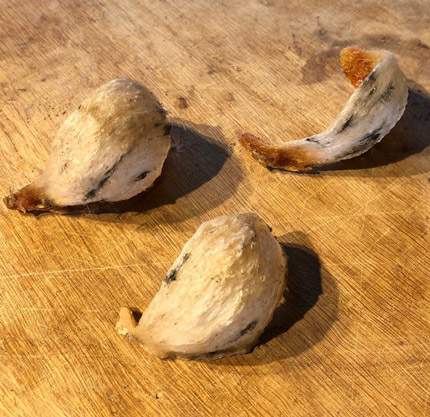
From this beginning, Lord Cranbrook has become one of the world’s leading experts on edible nest swiftlets and we are delighted to welcome a presentation from him as part of our online Festival programme.
In tribute to his research and lifelong support for research-led conservation we have commissioned the artist Jennifer Hall to create unique burn-out bronze casts of swiftlet nests gifted to him by the swiftlet cave owner George Nawan from Sarawak. These will form part of Jennifer’s remarkable collection of bronze nests and collagraphs in the 2020 Festival Exhibition.
Dr Stephanie Bunn
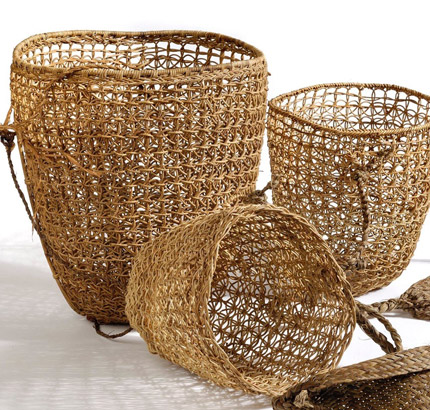
Pesta Nukenen & Bornean Loop Baskets
The Alde Valley Spring Festival works with a sister festival Pesta Nukenen located in the beautiful Kelabit Highlands of Sarawak in Malaysian Borneo. Past links have included the provision of core funding, cultural exchanges, knowledge sharing and capacity building.
Cultural exchange projects have included the creation of a Spring Festival Basketry Collection. This is located at White House Farm and consists of various designs of baskets traditionally made and used in the Kelabit Highlands, Maligan Highlands and Kerayan Valleys of Central Borneo. One unusual form of basket from the Kelabit Highlands and Kerayan Valleys is the kalang – a cup shaped looped basket made from the stems of a delicate, multi-stemmed rattan called uwe rabun.
Previously loaned to the Sainsbury Centre for an international exhibition of basketry, the Festival’s looped kalang baskets have been made available to researcher Dr Stephanie Bunn. It is a delight to see the collection being used – and amid all that has happened in the past few months, it is also wonderful to be able to share some of Stephanie’s research through the Festival website.
Forces in Translation : Maths, Making & Anthropology
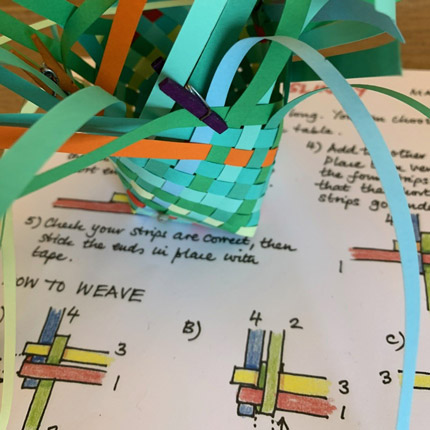
This is a collaboration between anthropologist Stephanie Bunn, mathematician Ricardo Nemirovsky, technological anthropologist Cathrine Hasse and basketmakers Geraldine Jones, Hilary Burns and Mary Crabb. It is a Royal Society/Apex funded project.
“Forces in Translation works at the interface between basketry, mathematics and anthropology. We explore how the bodily knowledge in basket-weaving enhances spatial and geometric understanding through the gestural moves we make and bodily skills we use. The making process, from material to artefact, from plant to basket, further reveals important links with innovative and design thinking, from planning and problem-solving, to dexterity, attention focus and creating narratives. This has relevance for education, spatial awareness, geometric understanding, and creativity.
We support all forms of learning, from the hands-on to the digital. A growing concern , however, is that developments in the digitization and stream-lining of education parallel a view that many hand-skills are no longer relevant for human learning and cognition. We propose that hand-skills are an essential complement to other forms of learning, of value for future work in design, engineering and maths. A further concern is how our human responsiveness challenges and differs from the kind of responsiveness we find in machines (reacting on stimuli without understanding what follows) – and how these reactions precisely may not involve memory, ideas, rhythm, constructive hand-work engagements and material-conceptual developments.
Our current themes include the relationship between form and material; curvature, line and diagramming; techniques and perception – from weaving and looping to plaiting; understanding difference; and rhythm and narrative. We are holding practical public mathematical basketry events during 2020 and 2021, including at Universities in St Andrews, Manchester and Copenhagen and at other venues including Kew Gardens and Whitehouse Farm in Suffolk.”
Due to the current coronavirus situation we have cancelled a five day research workshop with Stephanie Bunn and basket maker Geraldine Jones. However, we are delighted to be able to provide a link to recent article by Stephanie that was to be part of our planned Festival Talk :
Weaving and Flying: Fusion, friction and flow in collaborative textile research
From Suffolk to the Heart of Borneo
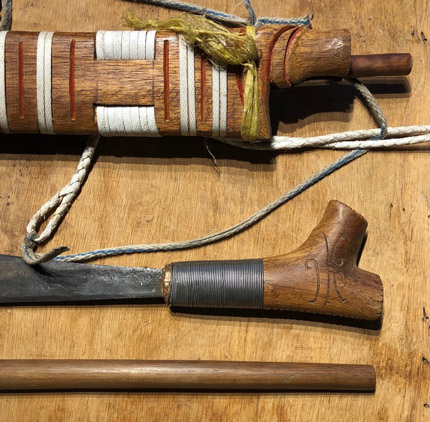
Borneo Weekend : Celebrating Cross-Cultural Connections
In tribute to our sister festival Pesta Nukenen we were planning to hold an irau / community feast at the farm’s Big Picnic on Sat 16th May. We have cancelled the irau but have decided to continue with some of the planned cross-cultural projects. One of these is the basketry research with Stephanie Bunn. Another project we are supporting is the commissioning of a bespoke ceremonial Spring Festival / Pesta Nukenen feasting parang from Suffolk bladesmith Leo Wood.
This is inspired by a parang made by Walter Paran from Pa Longan village in the northern Kelabit Highlands. Until recently, Pa Longan was one of the most remote villages in Malaysian Borneo, reached only by longboat or a 10km trek through highlands rainforest and kerangas forest. Walter Paran is a leading member of the Highland community and gifted farmer – and metal worker. The blade was forged by hand from an Oregon chainsaw bar. We have invited Leo Wood to create his own version of Walter Paran’s historic parang, adding a hand carved hardwood handle inspired by Sarawakian hornbill design motifs. A duplicate will be presented to the Kelabit Community Museum & Cultural Centre in Bario, Sarawak.
For more information please contact us.
Venues : White House Farm, Great Glemham, Suffolk IP17 1LS.
Others to be confirmed
Instagram : @aldevalleyfestival
Newsletter Sign-Up
Keep up to date with the latest news and events.


